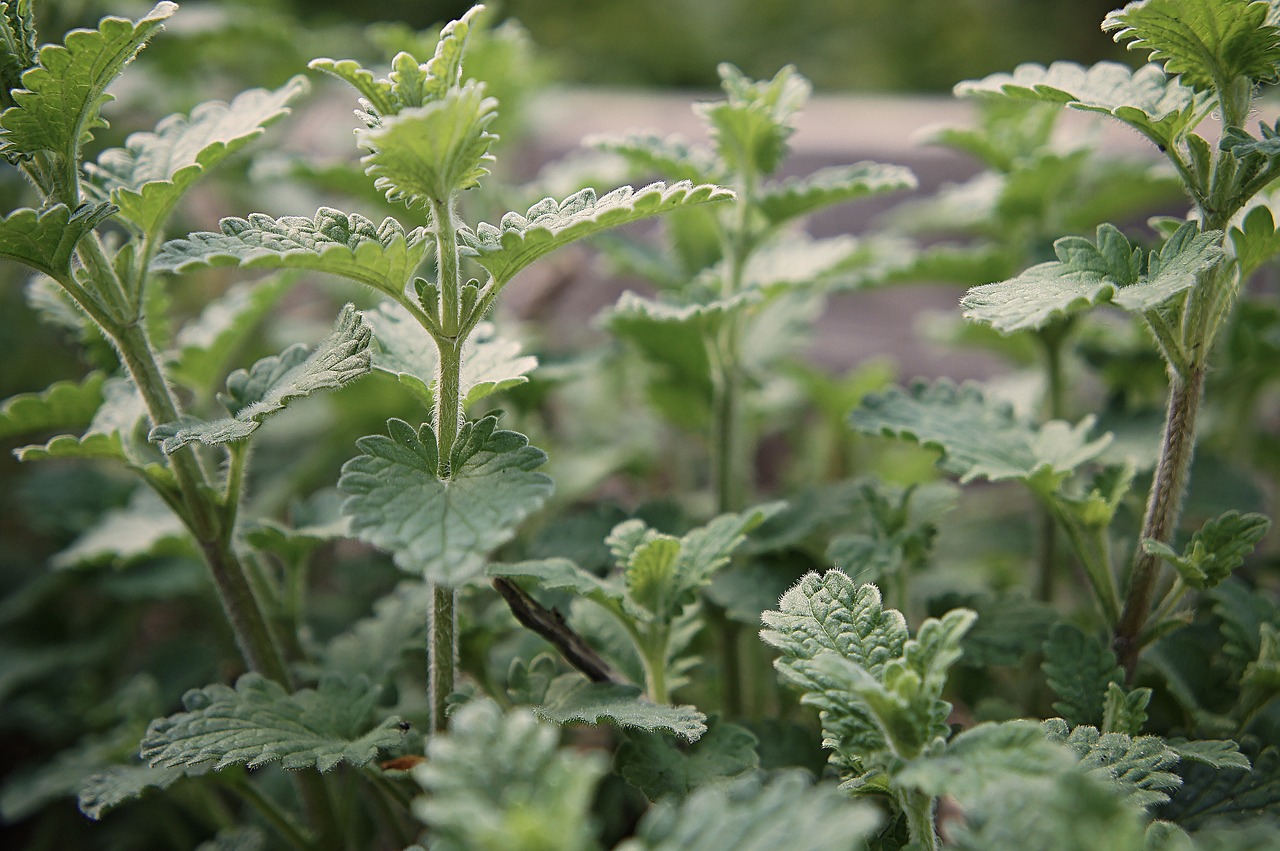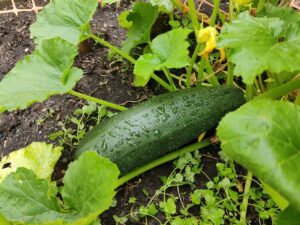Introduction: What is Catnip Used For?
Catnip (Nepeta cataria) is a perennial herb from the mint family, known for its attractive qualities to cats. However, its uses go beyond making your feline friend happy. Catnip has been used for centuries as a medicinal herb, with its leaves brewed into a soothing catnip tea. In this article, we will explore how to grow catnip, how to grow catnip from seed, and how to plant catnip, along with essential catnip plant care tips.
How to Grow Catnip From Seed: Indoors & Outdoors
Choose the right seeds: Purchase high-quality catnip seeds from a reputable supplier to ensure successful germination.
Sow seeds indoors: Start by sowing catnip seeds indoors 6-8 weeks before the last frost. Use seed trays or small pots filled with a seed-starting mix. Lightly press the seeds into the soil and cover with a thin layer of the mix.
Provide light and warmth: Place the trays in a bright, warm location (around 65-70°F). Ensure the soil remains moist but not overly wet. Germination should occur within 10-20 days.
Harden off seedlings: Once the seedlings have developed a few sets of true leaves and the danger of frost has passed, start acclimatizing them to outdoor conditions. Gradually increase their exposure to sunlight and outdoor temperatures for about a week before transplanting.
Sow seeds outdoors: If you prefer to sow catnip seeds directly outdoors, wait until the soil has warmed up and the danger of frost has passed. Choose a well-draining location with full sun or partial shade. Loosen the soil to a depth of 8-10 inches and mix in some compost or other organic matter to improve fertility. Sow the seeds on the surface, lightly pressing them into the soil, and cover with a thin layer of soil or compost. Water gently and keep the soil moist until the seeds germinate, which usually takes 10-20 days.
Thinning and transplanting: Once outdoor seedlings have developed at least two sets of true leaves and are about 3 inches tall, thin them to a spacing of 18-24 inches apart. This will give the plants enough room to grow and prevent overcrowding. If you started your seeds indoors, transplant the hardened-off seedlings outdoors at the same spacing.
By following these steps, you can successfully grow catnip from seed, whether you choose to start them indoors or sow them directly outdoors.
How to Plant Catnip
- Choose the right location: Catnip prefers well-draining soil and will grow well in full sun to partial shade. However, how much sun does catnip need? Ideally, it should receive at least 6 hours of sunlight daily.
- Prepare the soil: Amend the soil with organic matter, such as compost, to improve its texture and fertility. Ensure the soil pH is between 6.0 and 7.0.
- Transplant seedlings: Space the seedlings about 18-24 inches apart to accommodate their mature size. Catnip can grow quite tall – how tall does catnip grow? Typically, it reaches 2-3 feet in height.
Catnip Plant Care
- Watering: Catnip is drought-tolerant, but it’s best to water the plants regularly during dry spells. Be careful not to overwater, as this can cause root rot.
- Fertilizing: Catnip usually doesn’t require additional fertilization, but adding a balanced, slow-release fertilizer in spring can promote more vigorous growth.
- Pruning: To encourage bushier growth and prevent legginess, pinch back the tips of the plants throughout the growing season.
- Pest control: Catnip is relatively pest-free, but it can occasionally be affected by aphids or whiteflies. Use insecticidal soap or neem oil to control these pests if needed.
How to Grow Catnip Indoors
Growing catnip indoors is possible with proper care. Provide your indoor catnip plant with a well-draining potting mix and a pot with drainage holes. Place the plant in a bright location, preferably near a south-facing window. Ensure the soil remains evenly moist, but be careful not to overwater.
Catnip Companion Plants
Catnip’s aromatic foliage not only entices our feline friends but also serves as an excellent companion plant for various vegetables and ornamentals in the garden. Its ability to attract beneficial insects helps maintain a healthy garden ecosystem and provides natural pest control. Here are some plants that can benefit from having catnip as a companion:
- Tomatoes and Peppers: Catnip’s attraction to ladybugs, lacewings, and hoverflies helps control aphids, whiteflies, and other pests that often plague these plants. Additionally, its strong scent may help deter some pests, such as tomato hornworms.
- Cabbage, Broccoli, and Kale: These brassica family plants can be susceptible to pests like cabbage worms and aphids. Planting catnip nearby can attract beneficial insects that will keep these pests in check.
- Squash and Cucumbers: Catnip can help protect these plants from pests like squash bugs and cucumber beetles, thanks to its ability to attract predatory insects.
- Lettuce and Leafy Greens: Aphids and other small pests can be a significant problem for tender greens. Catnip’s ability to bring in beneficial insects can help reduce the pest population and protect your leafy greens.
- Ornamentals: Flowering plants like roses, zinnias, and sunflowers can also benefit from catnip’s pest-controlling properties. Plus, the blue or lavender flowers of catnip can add an aesthetic appeal to your garden when planted alongside these ornamentals.
When incorporating catnip as a companion plant in your garden, be mindful of its growth habit and potential to spread. It can self-seed quite easily, so you may want to trim off the flowers before they set seed if you’d like to prevent it from spreading too aggressively. Additionally, consider planting catnip in a container and placing it strategically within the garden to control its growth and still reap the benefits of its companion planting qualities.
Catnip Uses
Besides being a source of entertainment for your feline friends, catnip has a variety of other uses:
- Catnip Tea: Catnip tea is often used for its soothing properties, which can help alleviate headaches, anxiety, insomnia, and indigestion. To make catnip tea, steep fresh or dried leaves in hot water for about 10 minutes and strain before drinking.
- Insect repellent: Catnip contains nepetalactone, a compound that has been found to be a natural repellent for mosquitoes, flies, and even cockroaches. You can make a simple catnip-infused spray by boiling the leaves in water, then straining and adding the liquid to a spray bottle.
- Culinary uses: Catnip leaves can be used as a culinary herb, adding a mild, minty flavour to dishes like salads, soups, and sauces. Use the leaves sparingly, as they can be quite potent.
- Gardening benefits: As mentioned earlier, catnip can attract beneficial insects to your garden, which can help control pests and protect your plants. Additionally, its fragrant foliage can act as a natural air freshener in your garden.
Common Questions Answered
How tall does catnip grow?
Catnip (Nepeta cataria) typically grows to a height of 2-3 feet (60-90 cm) when provided with the right growing conditions. However, some varieties can grow even taller, reaching up to 4 feet (120 cm) in height. The plant’s growth habit is upright and bushy, with square stems and gray-green, aromatic leaves. To encourage bushier growth and prevent legginess, you can pinch back the tips of the plants throughout the growing season.
How much sun does catnip need?
Catnip thrives in full sun to partial shade conditions. Ideally, it should receive at least 6 hours of sunlight per day for optimal growth and essential oil production. However, catnip can tolerate light shade, and in hotter climates, a little afternoon shade can help protect the plant from excessive heat. To ensure your catnip plant receives adequate sunlight, choose a location in your garden that offers the appropriate sun exposure, or place your indoor catnip plant near a bright, south-facing window.
Conclusion
Growing catnip is a rewarding endeavour for both you and your feline friends. By following the tips in this guide on how to grow catnip, how to grow catnip from seed, and how to plant catnip, you’ll be able to cultivate a thriving catnip plant that can provide numerous benefits for you, your cat, and your garden. Remember to practice proper catnip plant care, and explore the various catnip uses, such as catnip tea and companion planting, to make the most of this versatile herb.






